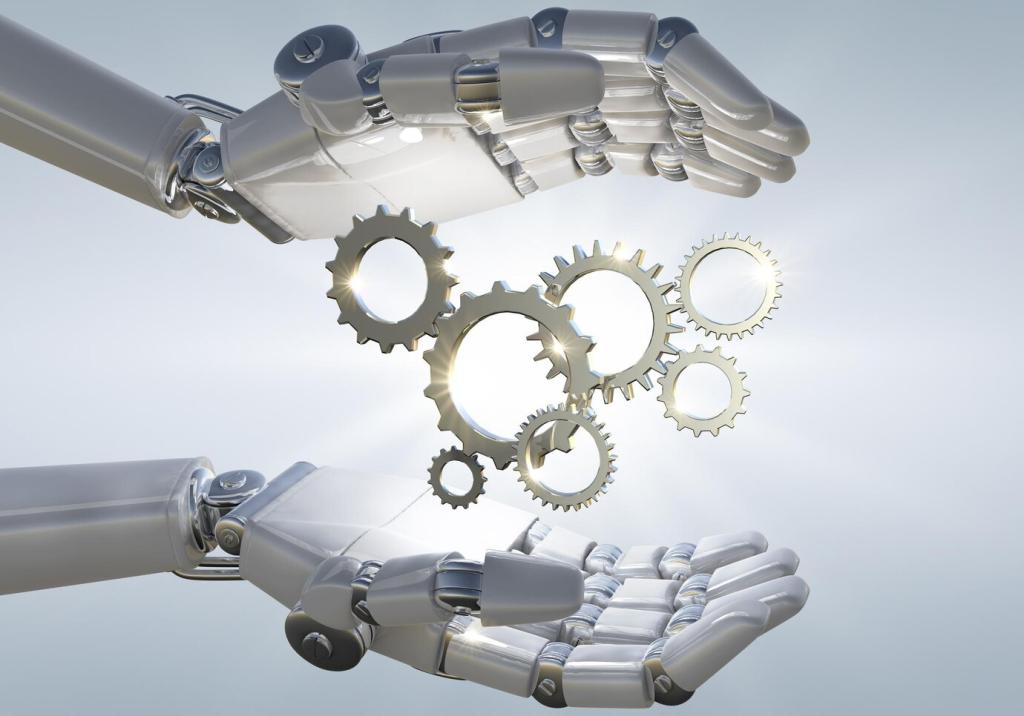Challenges in Developing Smart AI Home Assistants
Designing and deploying smart AI home assistants presents a dynamic set of challenges that developers, engineers, and researchers must overcome. As these systems grow increasingly sophisticated and prevalent in households worldwide, their creators face technical hurdles, ethical dilemmas, and complex user expectations. This web page explores the multifaceted obstacles encountered in the quest to create intuitive, secure, and reliable AI assistants that fit seamlessly into the fabric of everyday life.

Balancing Personalization with Privacy
Smart AI home assistants strive to learn about household members, preferences, and routines to deliver contextually relevant responses and automation. Achieving a high level of personalization requires detailed knowledge of user behaviors and choices. However, collecting such intimate data creates risk; if not managed carefully, it may be perceived as intrusive or misused by unauthorized parties. Designing algorithms that draw meaningful insights from minimal, consent-based data while clearly communicating boundaries remains a delicate balancing act.
Even when data collection is justified and minimized, ensuring its security is paramount. Sensitive information, from daily schedules to voice recordings, must be robustly encrypted both in transit and at rest. Developers face the dual challenge of architecting secure storage solutions and defending against evolving cyber threats. Breaches not only jeopardize user trust but may also expose individuals to tangible harm. Building and maintaining a resilient defense posture demands constant vigilance and innovation as threat landscapes evolve.
Users increasingly demand to know how their information is leveraged by smart assistants. Explaining complex machine learning models and data pipelines in accessible terms is no simple feat. Transparency, however, is essential to cultivate trust and empower users. Developers are tasked with creating clear policies, intuitive privacy dashboards, and meaningful consent mechanisms, all while preserving the technical sophistication and performance of the underlying AI.
Handling Diverse Accents and Dialects
Households worldwide are linguistically diverse, and even a single home can expose an assistant to a range of pronunciations and speech patterns. Developing models robust enough to recognize and accurately process this diversity demands enormous training datasets and continual fine-tuning. Misinterpretations can lead to frustration or even operational errors, undermining the system’s utility and user trust. Adapting models on-the-fly while avoiding bias is an ongoing research challenge.
Contextual and Multimodal Understanding
Beyond voice recognition, understanding intent within complex and context-dependent conversations is vital. Conversations with home assistants can involve ambiguous phrasing, multiple speakers, or references to earlier parts of the dialogue. Some scenarios require interpreting gestures, visual cues, or environmental inputs. Creating models that integrate and reason over such multimodal input remains a significant technological hurdle, with direct implications for how helpful and “human-like” the AI can be.
Preventing and Managing Misunderstandings
Even the most advanced systems are prone to occasional failure in grasping user intent. These misunderstandings must be gracefully detected and managed by the assistant, minimizing user frustration and clarifying ambiguous commands. Designing conversational repair mechanisms—such as asking for clarification or offering suggestions—requires delicate handling and real-time processing. Ensuring these safeguards are seamless, fast, and effective is a crucial, ongoing challenge for AI home assistant developers.

Interoperability with Heterogeneous Devices
The average home contains a mix of smart bulbs, thermostats, cameras, and appliances from different manufacturers, each with its own communication protocols and standards. Ensuring that a home assistant can reliably interact with these devices, regardless of vendor, is a monumental task. Developers must support numerous APIs and standards, often reverse engineering undocumented systems to create a unified experience. The pace of innovation in the Internet of Things further complicates ongoing compatibility.

Managing Offline Functionality and Connectivity Issues
Network outages or latency can severely disrupt the functionality of cloud-based AI assistants. Relying solely on remote servers introduces dependency on stable internet, which is not always guaranteed. Providing meaningful offline capabilities—enabling core functions to persist and local device control to remain accessible—demands sophisticated engineering. Splitting processing between the local device and the cloud, while maintaining security and speed, is one of the field’s toughest ongoing puzzles.

Addressing System Updates and Maintenance
With growing concerns over security and expanding feature sets, updating home assistant software is necessary but fraught with risk. Updates may introduce new bugs, disrupt integrations, or diminish performance on older hardware. Moreover, users expect minimal disruption to service. Automated update pipelines, rigorous regression testing, and careful rollout strategies are essential, yet achieving seamless, error-free updates across diverse home environments is a persistent struggle.
